Pseudopelletierine hydrochlorideCAS# 6164-62-1 |
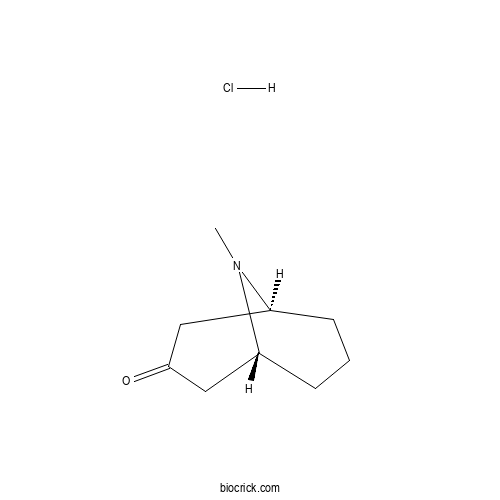
Quality Control & MSDS
3D structure
Package In Stock
Number of papers citing our products
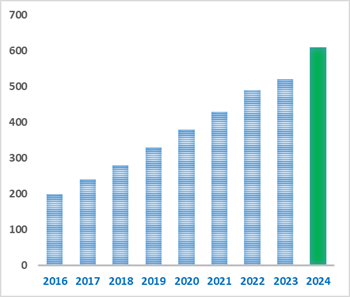
| Cas No. | 6164-62-1 | SDF | Download SDF |
| PubChem ID | 6419951 | Appearance | Powder |
| Formula | C9H16ClNO | M.Wt | 189.7 |
| Type of Compound | Alkaloids | Storage | Desiccate at -20°C |
| Solubility | Soluble in Chloroform,Dichloromethane,Ethyl Acetate,DMSO,Acetone,etc. | ||
| Chemical Name | (1S,5R)-9-methyl-9-azabicyclo[3.3.1]nonan-3-one;hydrochloride | ||
| SMILES | CN1C2CCCC1CC(=O)C2.Cl | ||
| Standard InChIKey | CVGRGXQEVKWHHS-KVZVIFLMSA-N | ||
| Standard InChI | InChI=1S/C9H15NO.ClH/c1-10-7-3-2-4-8(10)6-9(11)5-7;/h7-8H,2-6H2,1H3;1H/t7-,8+; | ||
| General tips | For obtaining a higher solubility , please warm the tube at 37 ℃ and shake it in the ultrasonic bath for a while.Stock solution can be stored below -20℃ for several months. We recommend that you prepare and use the solution on the same day. However, if the test schedule requires, the stock solutions can be prepared in advance, and the stock solution must be sealed and stored below -20℃. In general, the stock solution can be kept for several months. Before use, we recommend that you leave the vial at room temperature for at least an hour before opening it. |
||
| About Packaging | 1. The packaging of the product may be reversed during transportation, cause the high purity compounds to adhere to the neck or cap of the vial.Take the vail out of its packaging and shake gently until the compounds fall to the bottom of the vial. 2. For liquid products, please centrifuge at 500xg to gather the liquid to the bottom of the vial. 3. Try to avoid loss or contamination during the experiment. |
||
| Shipping Condition | Packaging according to customer requirements(5mg, 10mg, 20mg and more). Ship via FedEx, DHL, UPS, EMS or other couriers with RT, or blue ice upon request. | ||
| Description | Reference standards. | |||||

Pseudopelletierine hydrochloride Dilution Calculator

Pseudopelletierine hydrochloride Molarity Calculator
| 1 mg | 5 mg | 10 mg | 20 mg | 25 mg | |
| 1 mM | 5.2715 mL | 26.3574 mL | 52.7148 mL | 105.4296 mL | 131.787 mL |
| 5 mM | 1.0543 mL | 5.2715 mL | 10.543 mL | 21.0859 mL | 26.3574 mL |
| 10 mM | 0.5271 mL | 2.6357 mL | 5.2715 mL | 10.543 mL | 13.1787 mL |
| 50 mM | 0.1054 mL | 0.5271 mL | 1.0543 mL | 2.1086 mL | 2.6357 mL |
| 100 mM | 0.0527 mL | 0.2636 mL | 0.5271 mL | 1.0543 mL | 1.3179 mL |
| * Note: If you are in the process of experiment, it's necessary to make the dilution ratios of the samples. The dilution data above is only for reference. Normally, it's can get a better solubility within lower of Concentrations. | |||||

Calcutta University

University of Minnesota

University of Maryland School of Medicine

University of Illinois at Chicago
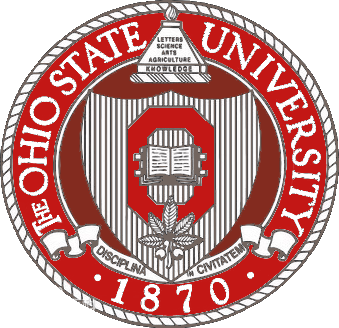
The Ohio State University
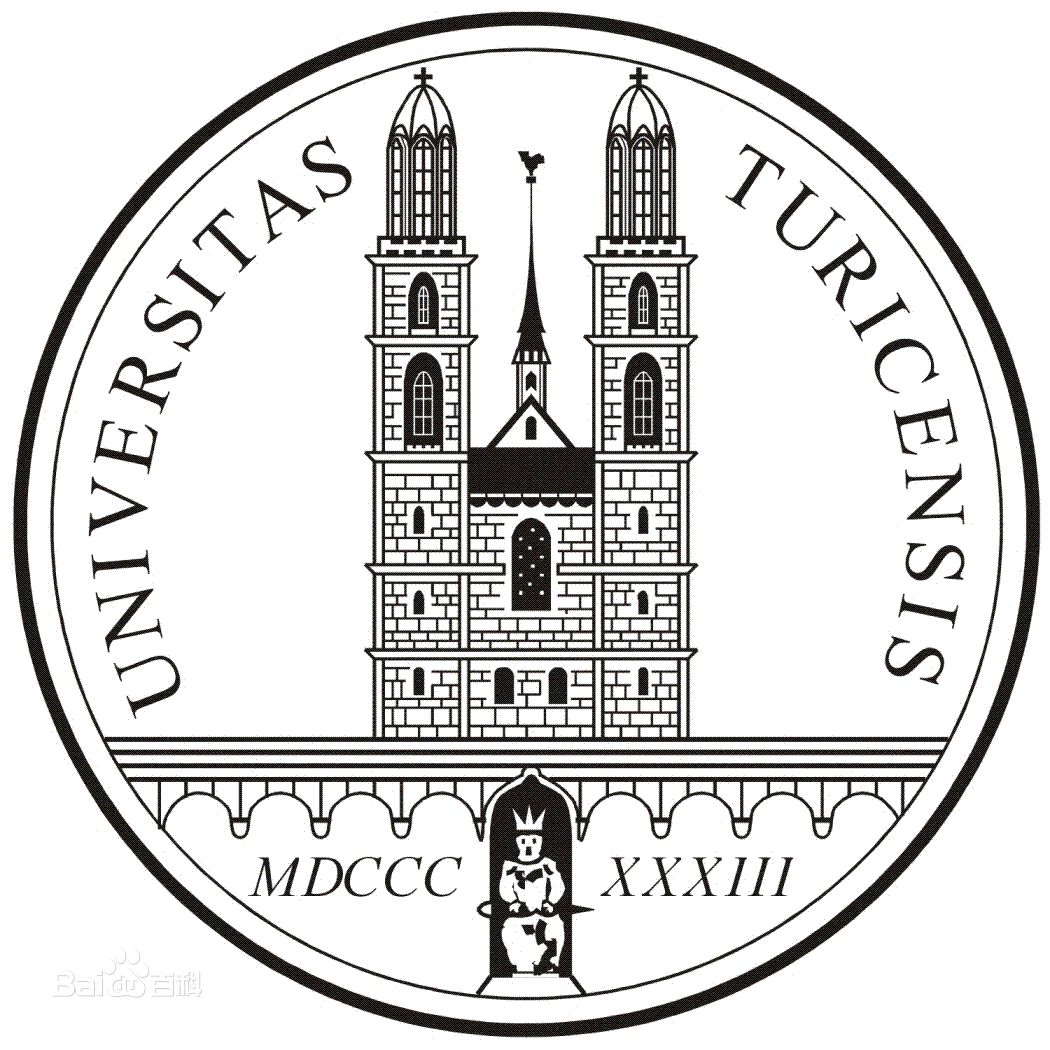
University of Zurich

Harvard University

Colorado State University
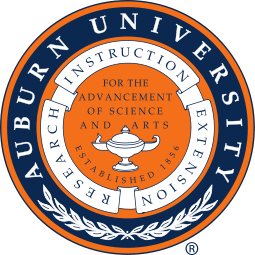
Auburn University

Yale University

Worcester Polytechnic Institute
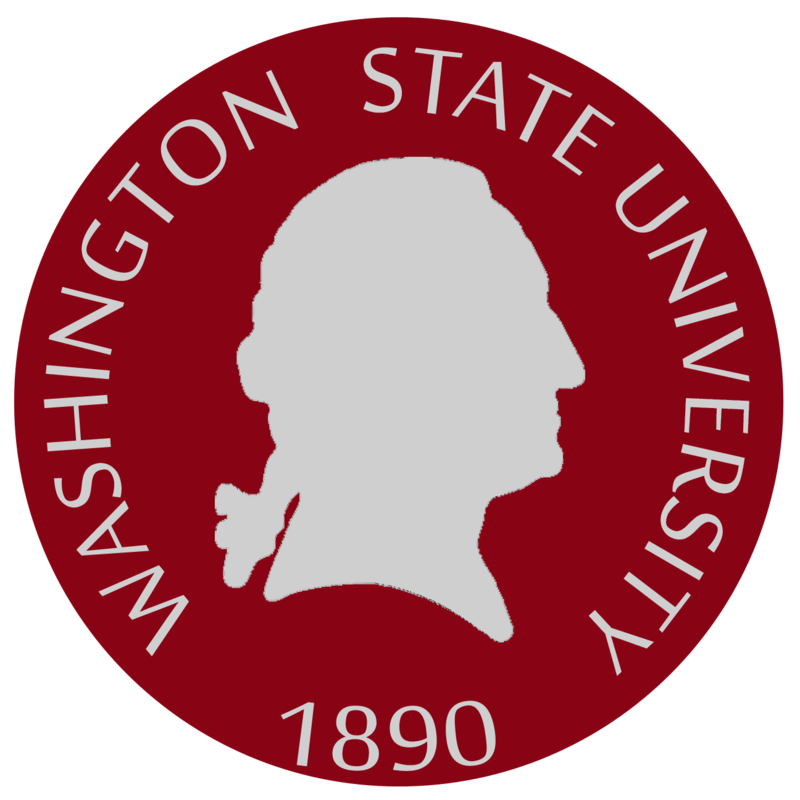
Washington State University

Stanford University

University of Leipzig
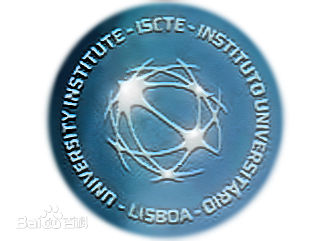
Universidade da Beira Interior
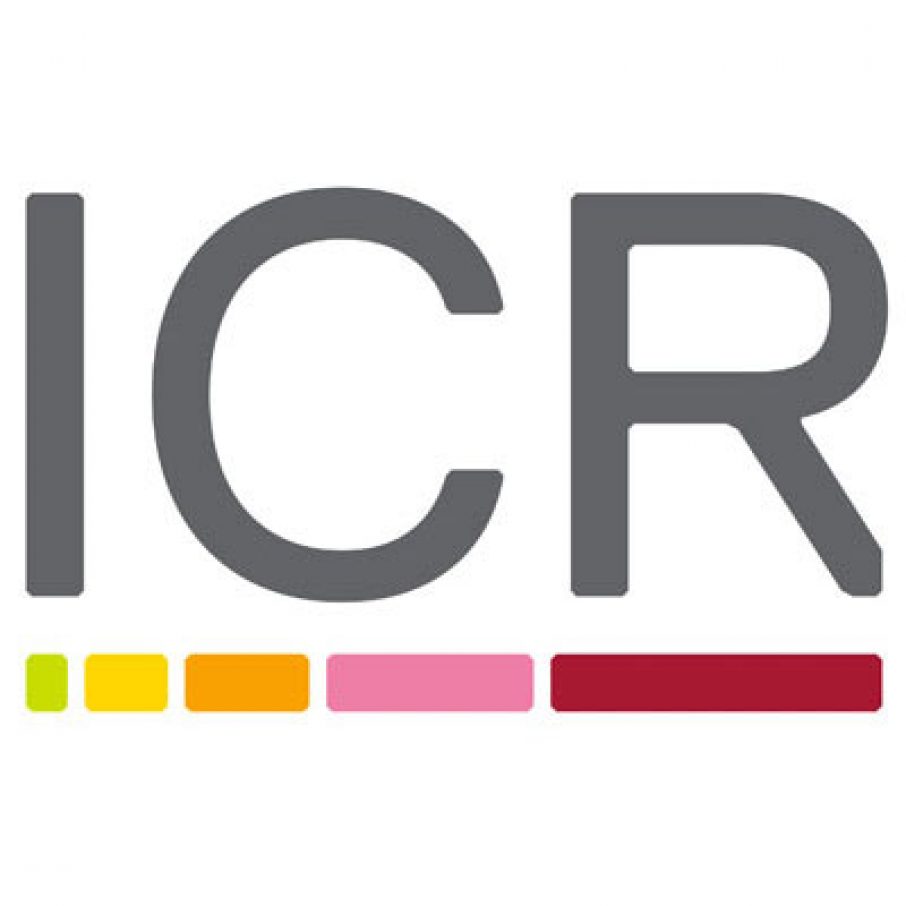
The Institute of Cancer Research
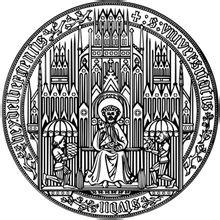
Heidelberg University

University of Amsterdam

University of Auckland

TsingHua University
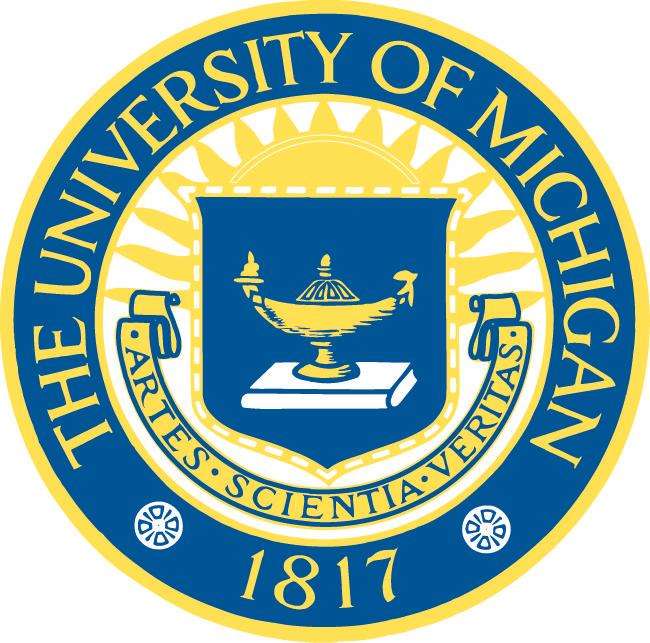
The University of Michigan

Miami University
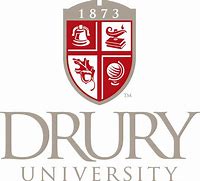
DRURY University
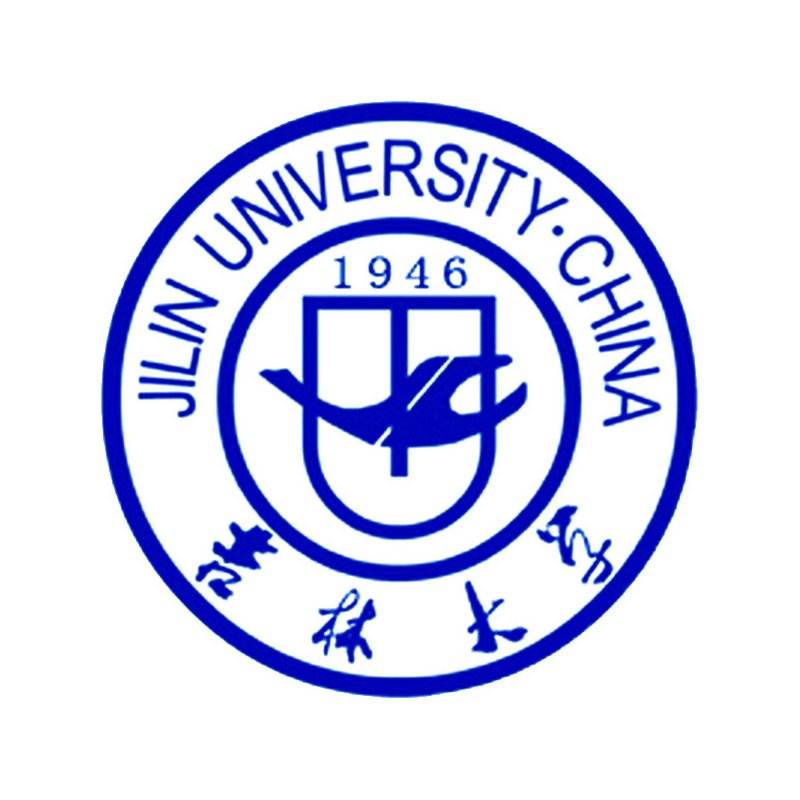
Jilin University

Fudan University

Wuhan University

Sun Yat-sen University
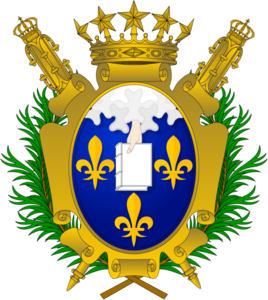
Universite de Paris

Deemed University

Auckland University

The University of Tokyo

Korea University
- 6-Methoxyflavone
Catalog No.:BCN9930
CAS No.:26964-24-9
- (+)-Dihydrocinchonine
Catalog No.:BCN9929
CAS No.:485-65-4
- 4-Phenylmorpholine
Catalog No.:BCN9928
CAS No.:92-53-5
- Sanguinarine nitrate
Catalog No.:BCN9927
CAS No.:4752-86-7
- trans-Stilbene
Catalog No.:BCN9926
CAS No.:103-30-0
- Furanoeudesma 1,3-diene
Catalog No.:BCN9925
CAS No.:87605-93-4
- Demissidine
Catalog No.:BCN9924
CAS No.:474-08-8
- 2-(Beta-D-Glucopyranosyloxy)benzaldehyde
Catalog No.:BCN9923
CAS No.:618-65-5
- (1S)-Chrysanthemolactone
Catalog No.:BCN9922
CAS No.:14087-71-9
- 3'',4'',5,7-Tetrahydroxy 3,6,8-trimethoxyflavone
Catalog No.:BCN9921
CAS No.:61451-85-2
- Quinizarin
Catalog No.:BCN9920
CAS No.:81-64-1
- Trioxsalen
Catalog No.:BCN9919
CAS No.:3902-71-4
- 3-Carene
Catalog No.:BCN9932
CAS No.:13466-78-9
- Sodium pyruvate
Catalog No.:BCN9933
CAS No.:113-24-6
- Nortropinone hydrochloride
Catalog No.:BCN9934
CAS No.:25602-68-0
- 2,4-Dimethylphenol
Catalog No.:BCN9935
CAS No.:105-67-9
- Carvacrol methyl ether
Catalog No.:BCN9936
CAS No.:6379-73-3
- Cevadine
Catalog No.:BCN9937
CAS No.:62-59-9
- Apioline
Catalog No.:BCN9938
CAS No.:523-80-8
- Oleacein
Catalog No.:BCN9939
CAS No.:149183-75-5
- Enterodiol
Catalog No.:BCN9940
CAS No.:77756-22-0
- Coniine hydrochloride
Catalog No.:BCN9941
CAS No.:15991-59-0
- Ethyl salicylate
Catalog No.:BCN9942
CAS No.:118-61-6
- 3',4',5'-Trimethoxyflavone
Catalog No.:BCN9943
CAS No.:67858-30-4
Surface plasmon resonance based biosensors for exploring the influence of alkaloids on aggregation of amyloid-beta peptide.[Pubmed:22163834]
Sensors (Basel). 2011;11(4):4030-42.
The main objective of the presented study was the development of a simple analytical tool for exploring the influence of naturally occurring compounds on the aggregation of amyloid-beta peptide (Abeta(40)) in order to find potential anti-neurodegenerative drugs. The gold discs used for surface plasmon resonance (SPR) measurements were modified with thioaliphatic acid. The surface functionalized with carboxylic groups was used for covalent attaching of Abeta(40) probe by creation of amide bonds in the presence of EDC/NHS. The modified SPR gold discs were used for exploring the Abeta(40) aggregation process in the presence of selected alkaloids: arecoline hydrobromide, Pseudopelletierine hydrochloride, trigonelline hydrochloride and alpha-lobeline hydrochloride. The obtained results were discussed with other parameters which govern the phenomenon studied such as lipophilicity/hydrophilicy and Abeta(40)-alkaloid association constants.


